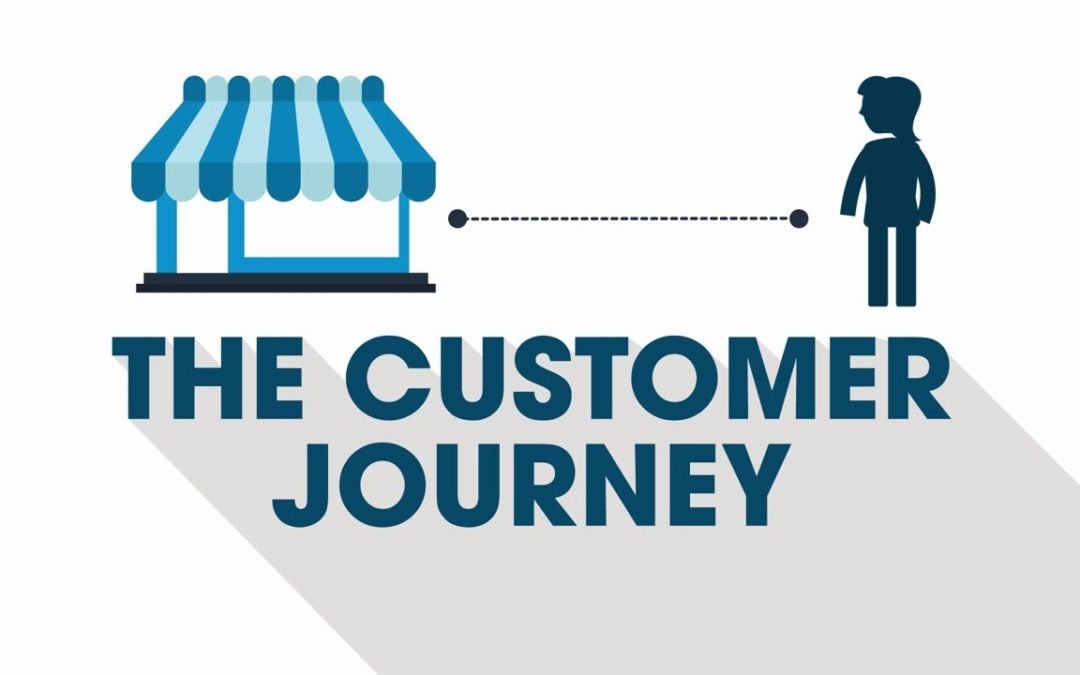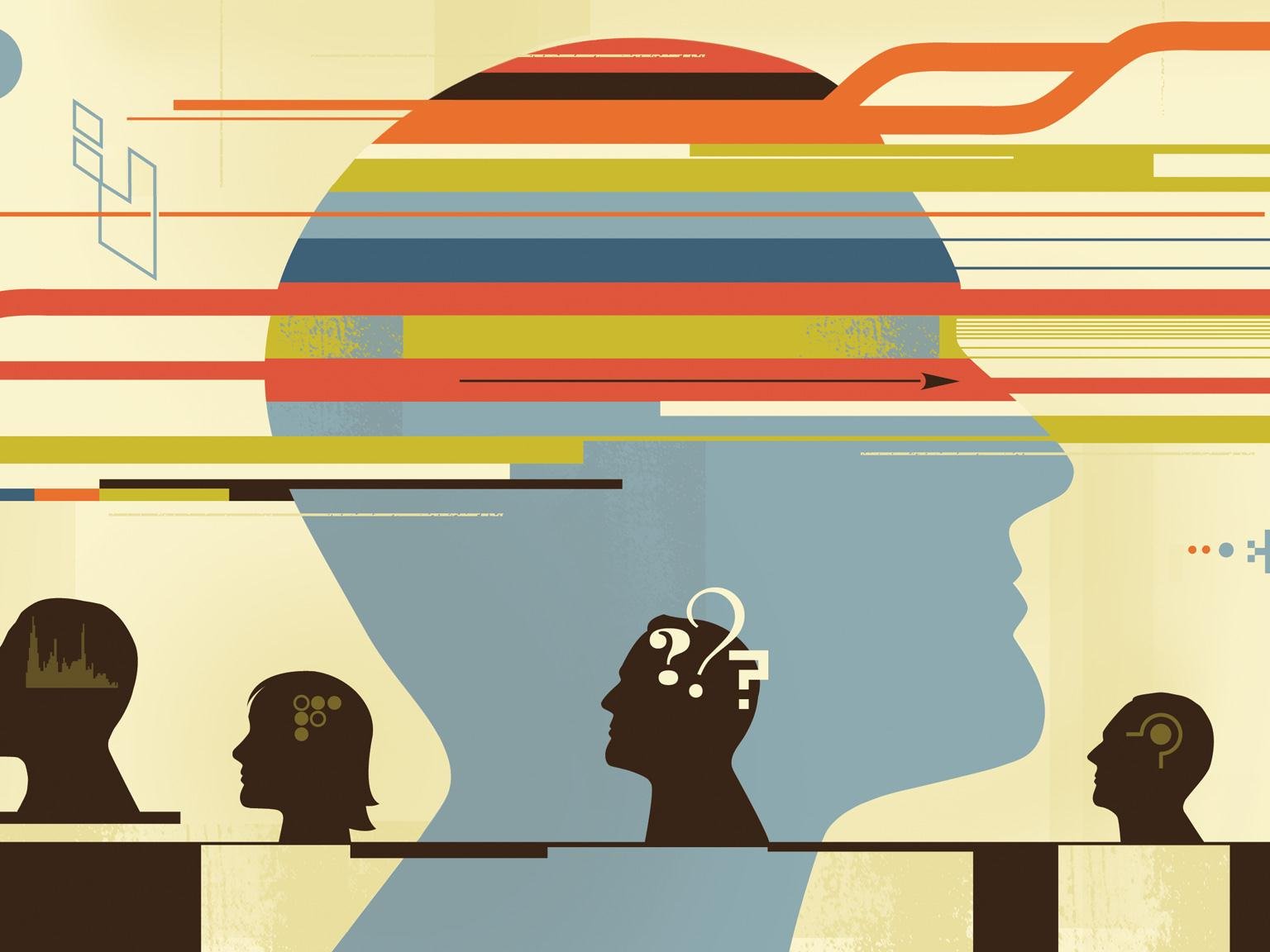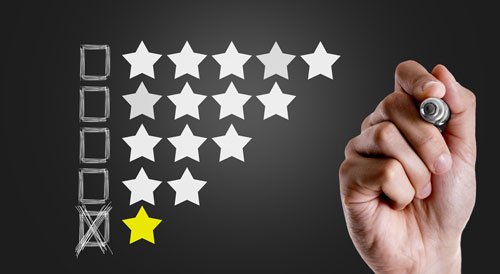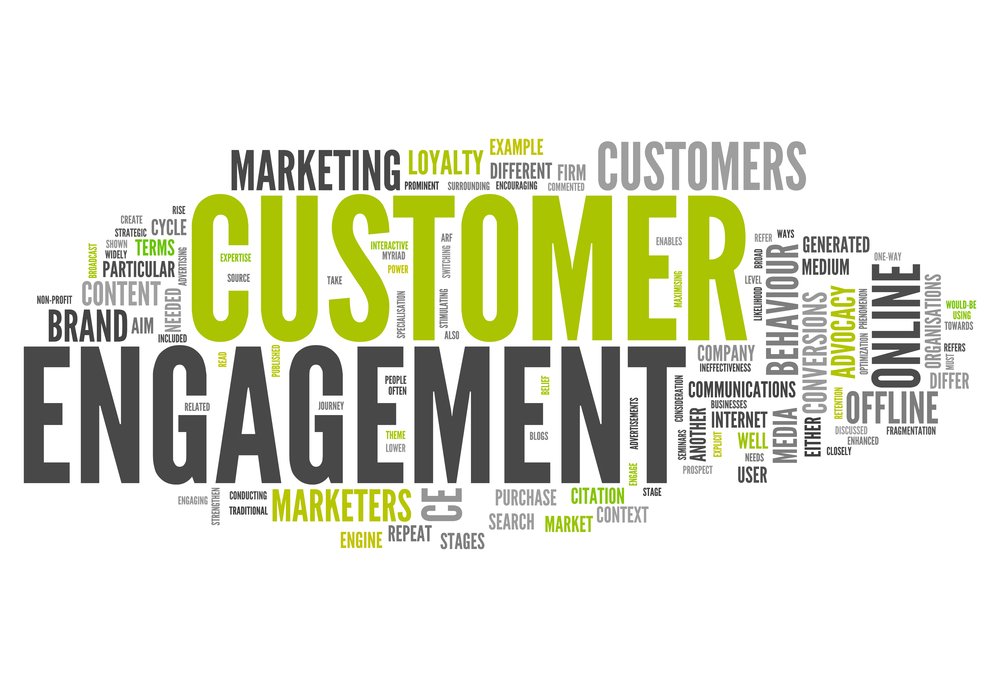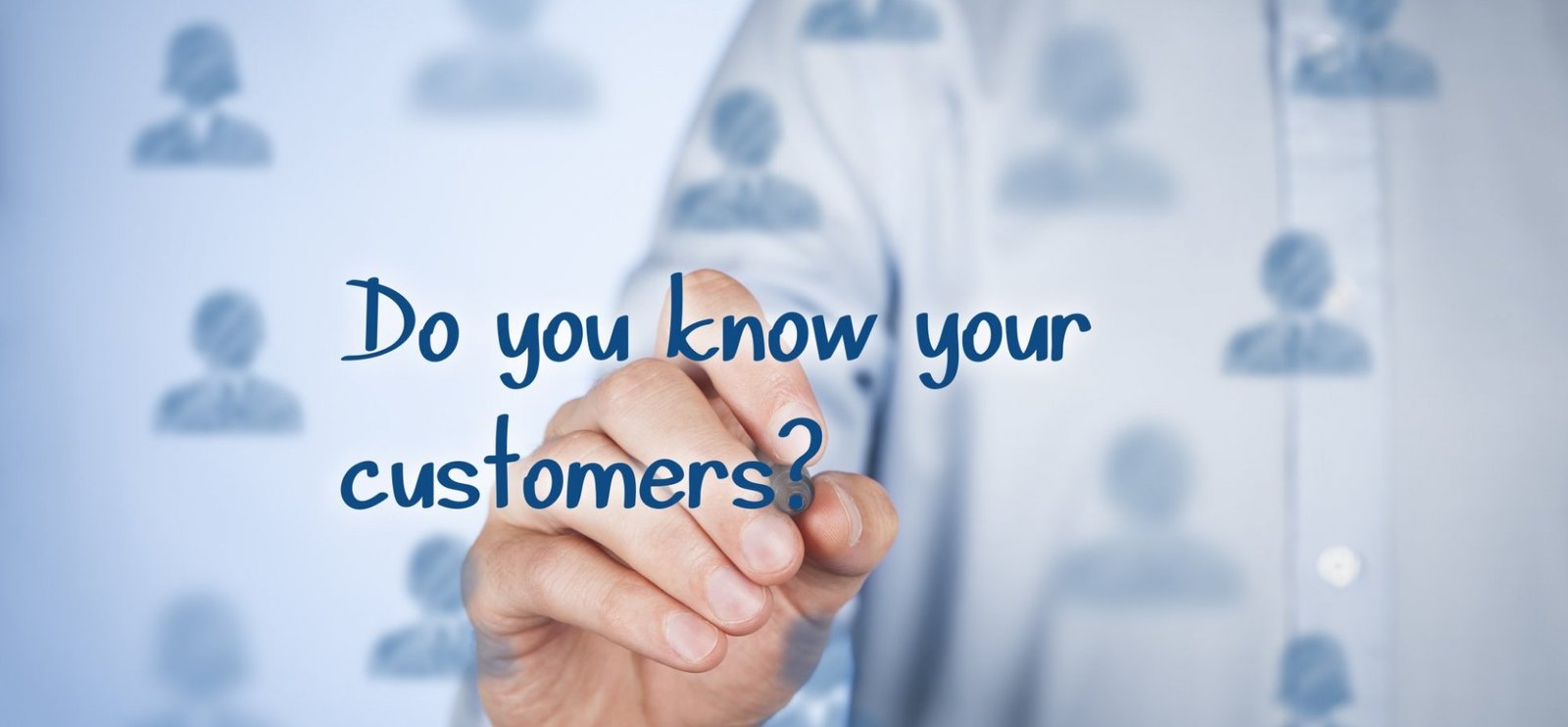If you’re mapping your customer journey, there are plenty of things to bear in mind – and plenty of pitfalls to avoid.
While customer journey mapping is not a brand new idea the last few years have seen a real increase in the impact the concept is having across the business, and critically, in the boardroom.
As is the case with many emerging disciplines, it’s easy to get carried away and run headlong into it without fully understanding what the goals are.
Customer journey mapping needs to incorporate much more than just a list of your sales and service channels. It needs to deliver an understanding of what your customers are trying to achieve, and the steps they take to achieve it.
A true customer journey map provides a framework that encompasses the entire business, how each area impacts the customer and informs your Voice of the Customer programme to ensure you’re able to capture feedback at the right moments.
Here are some do’s and don’ts to bear in mind when it comes to mapping your customer journey.
- DO have a plan. A journey map must generate value and drive change if it is to improve customer-centricity across the company. Are you going to use the map to improve the customer experience at specific channels? To engage employees? To refine and consolidate your brand? You will probably find that you can do more than you imagine at the outset, but make sure you have measurable and achievable aims.
- DON’T forget that your journey map is part of your wider customer experience programme. Ensure that the feedback you gather through that programme is tightly linked to the touchpoints on your map. This enables you to pinpoint the root cause of any issues effectively and take action quickly where you need to.
- DON’T try to build you map in a vacuum. It’s vital that you include people from across your company and from all levels. It’s a great rallying point for the business because you can see how different stakeholders fit within the framework and help them to understand their impact on the customer experience. For example, frontline employees have a wealth of knowledge which must be included, and back office areas like accounting or despatch will hold information about processes that directly impact the customer but are often virtually unknown outside their departments.
- DO remember that customers see your brand as a single entity. They don’t know (or care) that the website is handled by different people to the call centre or the social media programme. Or that some of your services are outsourced. As you build your map, think about the combination of touchpoints that customers go through, and consider how well you deliver your brand experience at each of them.
- DON’T try to build a map based on generic customers. Create personas, fictional characters who are trying to achieve something specific by interacting with your business. You may only need a handful, or you may need more, but the process of mapping the journey is much easier when you can focus on.
- DO remember that your map needs to show more than just the point of contact you’re defining. You also need to look at what customers are trying to achieve at that point, why they’re there, how they feel and what external factors might be influencing them. This will help you to build that meet customers’ needs effectively.
- DO remember that some things are beyond your control but still impact how customers feel about you. It might not be entirely fair (roadworks outside your branch or your customer’s internet connection that makes your site slow), but the result is the same. When you build your map, make a note of the things that have or can affect your key touchpoints. In some cases you may be able to build strategies to mitigate against them.
- DON’T forget to share. As well as your team of stakeholders from across the company, ensure that the wider business understand what you’re doing and why. Most importantly, make it clear to employees that they all have an impact on the customer journey. Whether directly or indirectly, they play a part in one or more of the key touchpoints and being aware of that can be highly engaging for everyone.
- DO review and renew your journey map. Once complete, you need to revisit the map on a regular basis. It may not need amending most of the time, but in some cases a new branch, sales channel, or delivery company, for example, will have kicked in and you need to build that into your map. Otherwise, within a couple of years, you’ll have something that resembles an out-of-date atlas that doesn’t acknowledge a major road!
CUSTOMER JOURNEY CUSTOMER JOURNEY MAPPING CUSTOMER EXPERIENCE CXREFRESH CX GLOBAL CX


